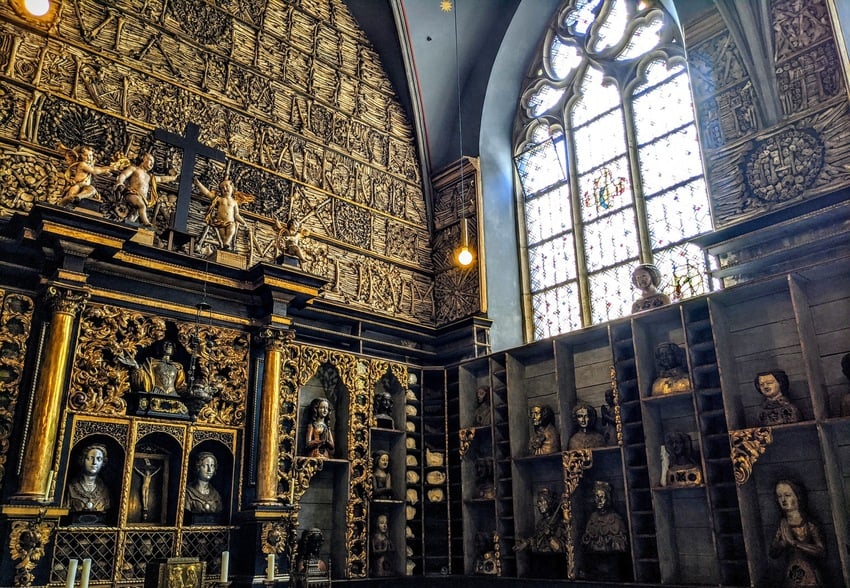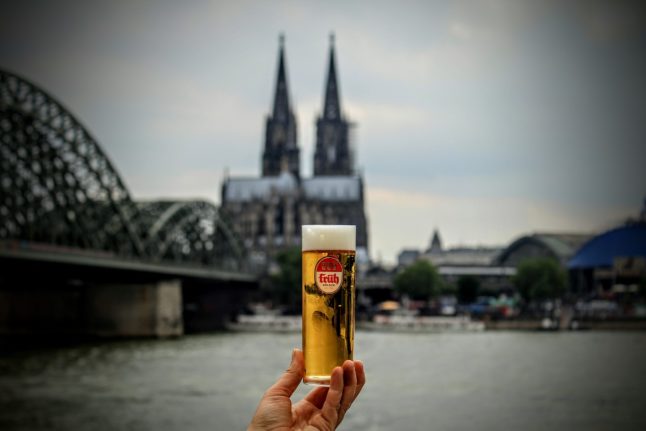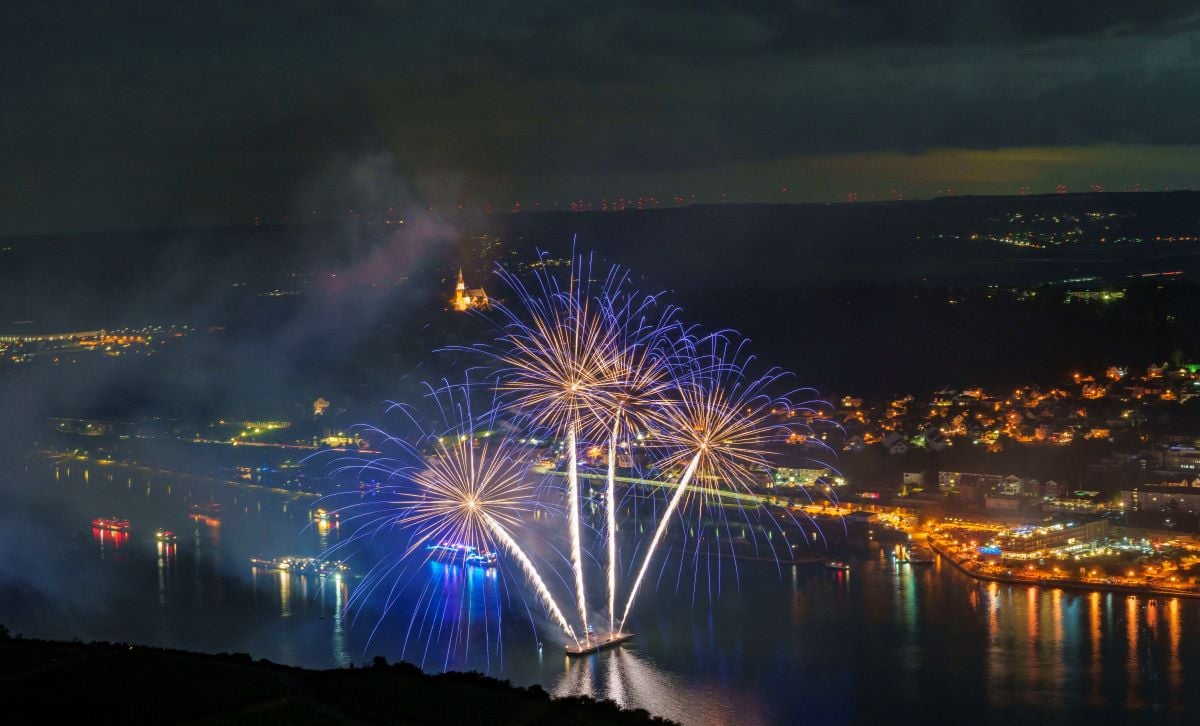You could spend months exploring Cologne, but most of us don’t have the time or resources.
Therefore, here’s what to do, see and eat during a weekend in one of Europe’s cultural capitals.
DO
Cologne is a very walkable city, and it’s easy to get between the main sights, such as the iconic Hohenzollern Bridge and the historic Altstadt or old town. That said, it’s also well-served by an excellent public transport network.
The most up-to-date schedules and journey planners are available through the KVB or Deutsche Bahn apps.
READ ALSO: 10 facts you probably didn’t know about Cologne (even if you live there)
To get around, the KölnCard is your best option. Not only will it get you everywhere you want to be within the areas visited by tourists, but it can give you up to a 50 percent discount on selected attractions.
The KölnCard can be purchased at the tourist information centre, or KVB ticket machines at public transport stops.
SEE
The first thing you’ll likely see upon arriving in Cologne is the Kölner Dom or Cologne Cathedral. (Domkloster 4, 50667).
While there’s been some sort of church on the site since the 17th century, the current Gothic masterpiece began construction in 1248 and, due to war, plague and economic turmoils, was not completed until 1880. Indeed, a crane sat atop one of the incomplete towers for centuries.
The cathedral is one of the holiest pilgrimage sights in Christianity, as tradition holds that the relics of the Three Wise Men are housed there in a reliquary.

READ ALSO: Eight things you probably didn’t know about Cologne Cathedral
You can spend hours drinking in the gorgeous medieval paintings and carvings, flooded with golden light streaming through the windows.
With a €10 ticket per adult, you can enter the cathedral and the treasury, which holds even more stunning treasures.
However, Cologne was occupied way further back than the Middle Ages. Cologne, or Colonia Claudia Ara Agrippinensium as it was known, was an important Roman city founded in the first decades of the first century.
While Roman remains can be found everywhere in Cologne – in the crypts of many churches, for example – many of the best-preserved artefacts and evidence of everyday Roman life are kept in the Römisch-Germanisches Museum, or Romano-German Museum (Cäcilienstraße 46, 50667).
Everything you might expect from a bustling Roman provincial capital, from tiny, intricate jewellery pieces to monumental arches that led into the city, can be found here. Tickets for adults are €6.
Another quite peculiar legacy of the Romans can be found in the Basilica of St. Ursula (Ursulaplatz 24, 50668). Locals uncovered a Roman cemetery in the early Middle Ages, which contained hundreds of burials and thousands of bones.
Somehow, these were conflated with the legend of St Ursula, an English princess whom the Huns martyred along with eleven other virgins (and who eventually grew to 11,000).
These bones now adorn the basilica’s Goldene Kammer or ‘Golden Chamber’, arranged in fantastic designs such as letters, numbers and geometric patterns.
It’s something you’re rarely likely to have seen before. Best of all, photography is permitted, and entrance is free.

For something completely different, head over to the Farina Duftmuseum, or Farina Fragrance Museum.
Cologne is world-renowned for its contribution to perfumery. Indeed, the city gave its name to the fragrances worn by men.
This is mainly due to the work of Johann Maria Farina, who, together with his brother, established a perfumery in the eighteenth century that became spectacularly successful across Europe with their ‘Eau de Cologne’.
The Farina Fragrance Museum not only tells the story of the family firm but also explains the production process in detail and demonstrates how the scent is manufactured.
Tickets cost €8 per adult, and yes, there’s a gift shop with bottles of all shapes and sizes to take home.
EAT AND DRINK
In Cologne—and especially when staying there on a budget—there’s no other place for snacks and quick meals like a Büdchen or Kiosk.
Like the legendary Berlin Späti, these are places open all hours of the day for anything you may need and serving simple but good food.
Pico Coffee (Neusserplatz, 50670) is one of the city’s most beloved Büdchen. Don’t let the name fool you—they also serve breakfast, sandwiches, crepes and other snacks, in addition to takeaway essentials and fantastic coffee.

Another cult Cologne Büdchen is Kölnkiosk (Brüsselerstraße 39 – 41, 50674), a very popular neighbourhood venue that serves a constantly changing menu of small bites to larger meals. You’ll recognise it with a riot of bright pink!
Locals also swear by Weinhaus Vogel (Eigelstein 74, 50668) a neighbourhood institution with cheap, filling regional fare that’s been keeping customers happy since 1898.
Finally, get a taste of real local flavour at Knippschild Werk 2 (An der Kemperwiese, 451069), where you can enjoy a cold Kölsch beer alongside a selection of hearty, good-value German dishes.
Have any recommendations for things to do, see or eat in Cologne? Let us know in the comments.





 Please whitelist us to continue reading.
Please whitelist us to continue reading.
Member comments